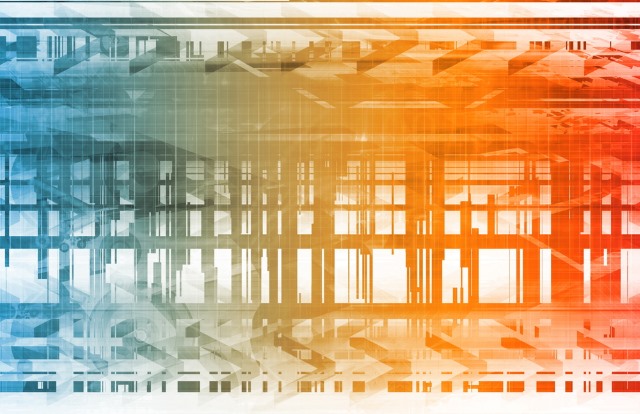
Year after year computers increase in power. Processors become faster and gain more cores, memory also speeds up and becomes more plentiful. But we're reaching the limits of what can be achieved with current technology -- a real sea change is needed to take things to the next level. Many futurists have set their sights on the possibilities encompassed in quantum computing.
Eschewing the binary states of 1 and 0, bits are replaced with qubits which can hold three states -- on, off, or both at the same time. This introduces the opportunity for much greater computing power, but also introduces more opportunities for errors to creep in. Now IBM engineers have found a new way to detect and correct errors, hopefully creating the building block on which future quantum computers may be built.
In a paper published in Nature, scientists from IBM's Watson Research Center explain that quantum systems are especially susceptible to errors. In addition to the added state, there is the risk of interference of "noise" from outside sources. Until it becomes possible to devise ways to eliminate, correct or ignore the errors that inevitably crop up, the progress of quantum computers is going to be slow.
The authors say that they "present a quantum error detection protocol on a two-by-two planar lattice of superconducting qubits. The protocol detects an arbitrary quantum error on an encoded two-qubit entangled state via quantum non-demolition parity measurements on another pair of error syndrome qubits".
What does all of this mean? In essence, the team has managed to create a lattice between four qubits building a quantum circuit with built-in error-detection. What makes this a real step forward is that it is now possible to detect two types of error at the same time. Rather than looking out for bit-flip and phase-flip errors separately, they can now be picked up at the same time.
The team says that the method they have come up with is also scalable meaning that there is a greater chance for it to be used in real-world, rather than just theoretical, systems. There is still a good deal of work to do, but the outlook is optimistic:
Moving forward, on improving the measurement and gate fidelities in these systems, further expanding the lattice will lead to important studies of different error-correcting codes and the encoding of logical qubits, thereby allowing experimental investigation of fault-tolerant quantum computing. Our results bolster the prospect of employing superconducting qubit lattices for large-scale fault-tolerant quantum computing.
Photo credit: kentoh / Shutterstock

